What Are Low-Code and No-Code ERP Platforms?
Low-code and no-code platforms enable users to build or modify applications with minimal (or no) coding, utilizing intuitive drag-and-drop interfaces. When integrated into ERP systems, this approach enables non-technical users to:
- Customize workflows
- Build dashboards
- Automate routine tasks
- Generate reports
- Modify modules quickly
This redefines the ERP experience, removing complexity, empowering teams, and accelerating digital transformation.
Why Enterprises Are Adopting Low-Code/No-Code ERP
Across industries and enterprise sizes, companies are rapidly embracing low-code/no-code ERP to solve long-standing challenges and create new opportunities. Here's why:

1. Speed of Deployment
Timely market entry is crucial to succeeding in the current business environment. Leveraging low-code/no-code ERP platforms, enterprises can implement new functionalities, system integrations, and process improvements within days—far quicker than the months required by traditional ERP systems. This rapid adaptability enables organizations to stay ahead of market shifts and evolving customer expectations, providing them with a significant strategic advantage.
2. Scalability and Flexibility
Modern SaaS no-code platforms are built for seamless scalability and adaptability. As enterprises grow, whether by expanding their teams, entering new geographical markets, or adopting new digital tools, low—code ERP systems evolve in step. These flexible solutions eliminate the heavy lifting typically associated with scaling traditional ERP software, enabling businesses to integrate third-party systems quickly, onboard users efficiently, and maintain operational consistency with minimal disruption.
3. Cost Efficiency
Hiring skilled developers is expensive, and customizing traditional ERP platforms only amplifies the financial burden. In contrast, low-code, no-code software drastically reduces development costs by empowering internal teams to take control. Enterprises can leverage no-code software platforms and free no-code tools, such as drag-and-drop builders, visual workflows, and reusable templates, to create tailored solutions. This not only reduces time and budget but also minimizes dependence on costly external consultants, ensuring improved resource management with greater return on investment (ROI).
4. Cross-Functional Collaboration
Departments such as HR, finance, and supply chain can independently create, modify, and optimize their workflows using no-code or low-code platforms—eliminating the dependency on IT teams for minor changes. This democratization of ERP usage not only fosters innovation and responsiveness at the departmental level but also removes internal bottlenecks, thereby enhancing overall efficiency and productivity. By leveraging ERP without coding, organizations empower their teams with greater agility and decision-making authority.
5. Faster Prototyping and Innovation
Want to test a new idea? Rapid prototyping is one of the most powerful benefits of low-code automation tools. These platforms enable enterprises to quickly create, refine, and launch new processes or solutions, often without writing a single line of code. By eliminating the complexity of traditional development cycles, businesses can reduce time-to-market, capitalize on emerging opportunities, while gaining a competitive edge without overspending. This agility is transforming innovation from a long-term initiative into an everyday capability.
Final Thoughts: It's Time to Empower Your Teams
As a decision-maker, your priority is growth, speed, and control. Traditional ERP systems served their purpose, but today's challenges need flexible, agile, and user-empowering tools. The question is no longer if your enterprise should adopt low-code or no-code ERP. It's when and how fast. Those who delay risk falling behind.
As Gartner predicts, over 65% of application development will shift to low-code, no-code software by 2025. Smart decision-makers are already moving.
Fill out the form, and one of our experts will guide you through a demonstration of how our ERP platform tailors to your specific needs.
Why It Matters Now More Than Ever?
With more firms entering the construction space and increasing client demands, a CRM software can be your competitive edge. It brings together the best of project management, sales, and customer service—helping you grow stronger, smarter, and faster.
Fill in the form to find the right construction management CRM solution and manage every project with precision.







